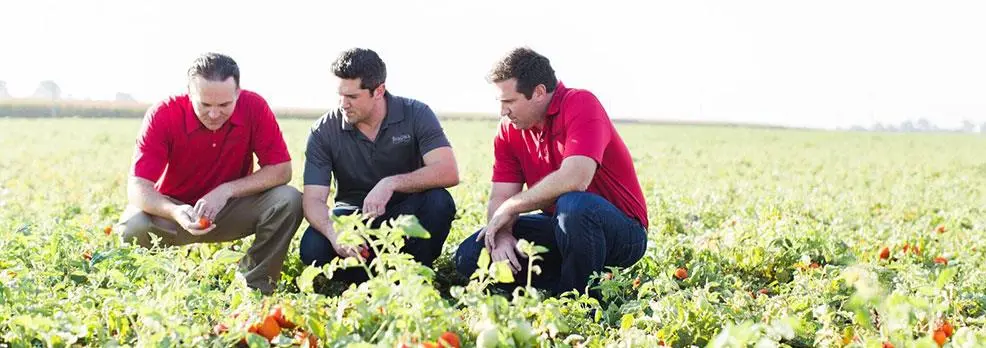
Sustainability
Red Gold is making every effort possible to be environmentally friendly by being good corporate stewards of the planet we all share. We refer to this as Reduce, Reuse & Recycle!
Red Gold Sustainability
Mission Statement
To embrace, promote and model economic, environment, and social practices that respect and improve the quality of life for future generations.
Sustainability is in our DNA
We are obsessive about producing the best tomatoes in the most sustainable and environmentally-friendly way. Red Gold has taken its own path to ensure our operations are sustainable, responsible and accountable.
At Red Gold, we’re obsessive about producing the best tomatoes in the most sustainable and environmentally conscious way. It’s simply the right thing to do. From the way our family farmers care for their land to the way we recycle and reuse as much scrap material as we can, we want to leave our land and family business in even better shape than we found it — for generations down the line.

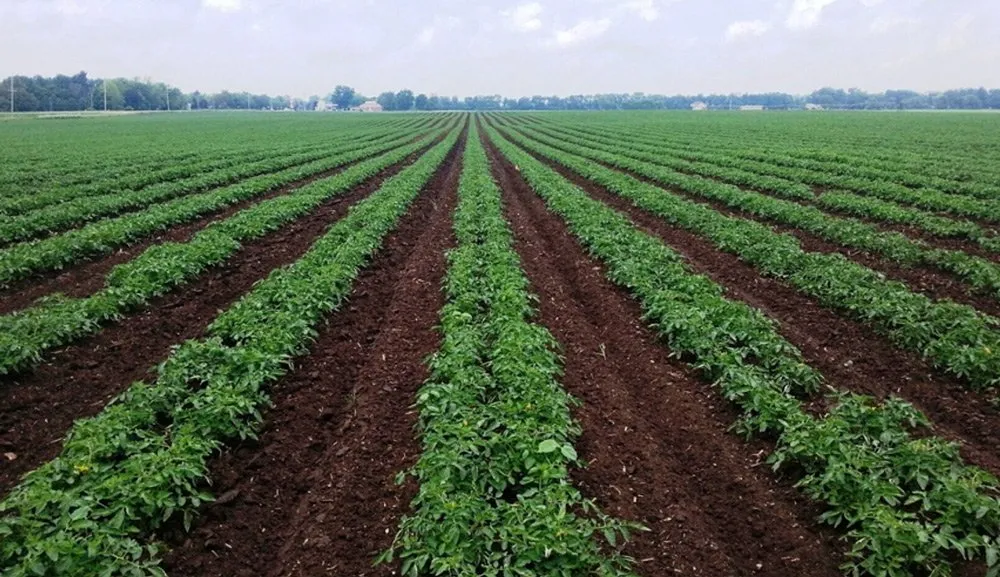
Midwest soil is special for a reason, and that reason started with the last ice age. Sixteen thousand years ago, glaciers in the region covered the Midwest and they moved about a foot a day picking up nutrient rich topsoil and carving the land. Once the glaciers finally melted, it deposited this amazingly rich textured soil right where our tomatoes are grown. This ‘glacier till’ holds water incredibly well…making it ideal for growing some of the healthiest, best tasting tomatoes in the country.
Reduce, Reuse, Recycle
Red Gold is making every effort possible to be environmentally friendly by being good corporate stewards of the planet we all share…we refer to this as Reduce, Reuse, Recycle
We’ve worked with local family farms for over 80 years to grow the best tasting tomatoes in the world. Why? Because we are a family business and supporting other local family businesses is important to us. Today we work with 30+ family farms across Indiana, Michigan and Ohio some of whom have been with us for over 30 years.
One of the many reasons we partner with multi-generational farm families is that they’re not just caring for their land for today…they’re thinking of the next generation and the one after that. Our farm families have a vested interest in keeping their farms healthy and we encourage that by rewarding innovation, conservation and stewardship.

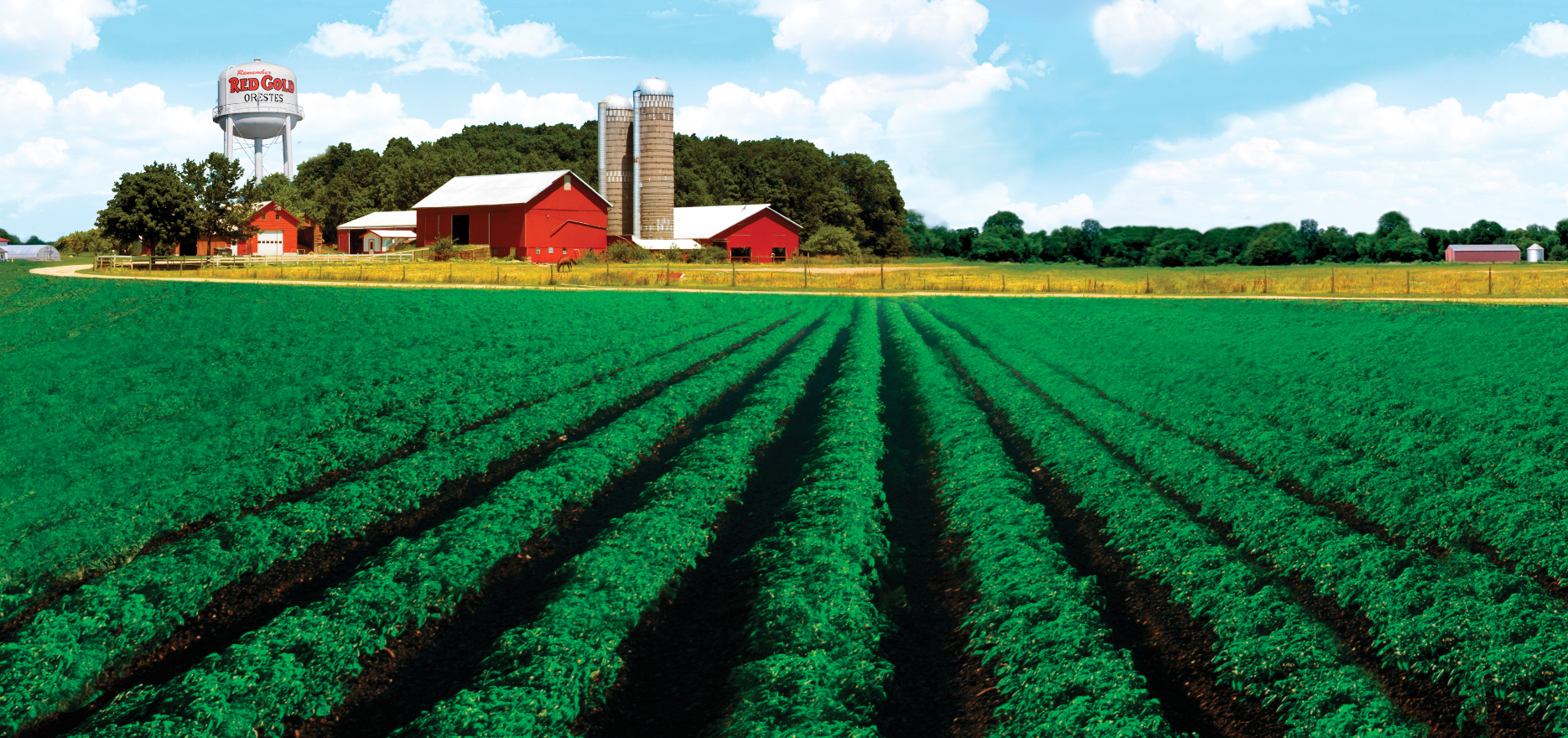
Land
Mandatory requirements for crop rotation
Use of cover crop during the winter months
Use tomato seed/peel waste for animal feed
Variable Rate Technology – Utilizes GPS to allow for the prescribed amounts of fertilizer as determined by soil tests
Reverse Osmosis Systems that save gas and chemical usage for water usage.
Wetlands projects at Geneva and Orestes – pull heat out of the water we use for processing with the impact of creating friendly environments for over 150 species of wildlife

Transportation
Company-wide implementation of Direct Plant Shipments – Saves 75,000 gallons of fuel each year
Improved Weight Utilization of Rail Cars & Plant Shuttles –saving over 30,000 gallons of fuel each year
Shuttle Fuel Management – Reduced engine idle time saving over 15,000 gallons of fuel each year.
Reduced our fleet speeds to 64 mph to conserve energy
Auxiliary Power Units installed in all of our Red Gold Semi-Trucks reducing our idle time fuel by 70% – saving 168,000 gallons of fuel each year
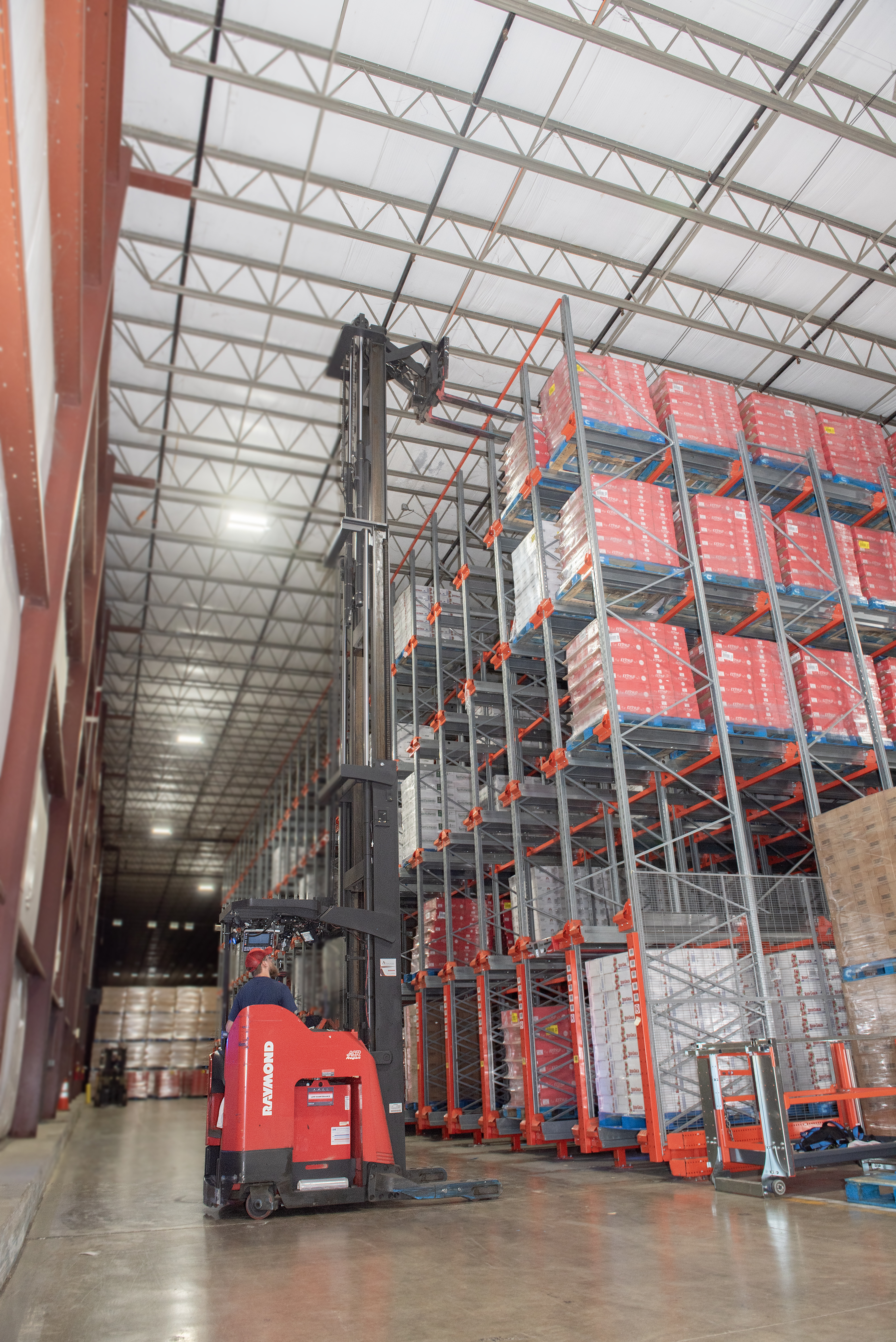
Facilities
Motion Sensor Lighting in Warehouses – lights are activated only when they are needed
Replaced some off-site warehouses with on-site warehouses at our plants, reducing diesel fuel usage.
Reduced weight in product containers – reducing our material usage by over 2,000,000 pounds
Reducing and reusing Railcar Corrugated Dunnage and using corrugated that is made up of 40% recycled materials.
Fork Lift Efficiency – reduced movement at our Distribution Center saves nearly 15,000 gallons of propane per year.
Strive to achieve a zero landfill status by recycling and reusing everything in all of our facilities.
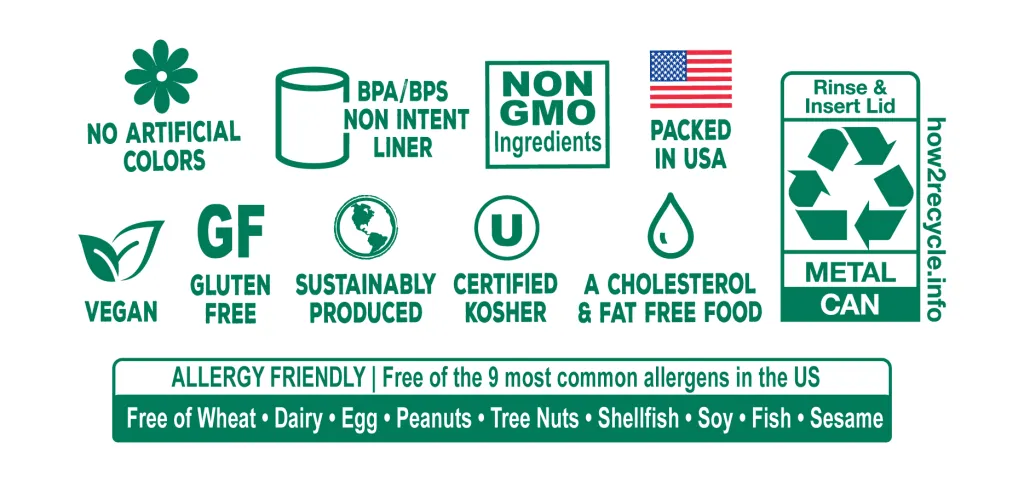
How2Recycle
How2Recycle is the most recognized on-pack labeling system that clearly communicates disposal instructions to the public. We aim to eliminate consumer confusion and drive responsible packaging design to improve the quality of recycled materials.
Our coalition of forward-thinking brand, manufacturer, and converter members are empowering consumers through awareness and transparency around proper disposal.
Packages can be recycled with the Widely Recyclable label through curbside or drop-off programs. Packages with this label are accepted by 60% of America’s recycling facilities and 50% of Canada’s.
Look for the How2Recycle icon on all of our Red Gold labels for direction on how to recycle the different packaging (ie cans, bottles, etc).
.